Spider Plants (Chlorophytum comosum), or also known as Airplane Plants or Ribbon Plants, are popular houseplants that could flop over because of exposure to too much or not enough sunlight, but also if they get improper watering.
Another common reason Spider Plants could lean to one side is if they are repotted without making sure that they have firm soil.
- Related article: How to Care for Spider Plants Inside
Fortunately, Spider Plants are not fragile plants are it’s usually pretty easy to solve these underlying issues to keep your root-bound plant alive.
Adjusting the environmental conditions and lighting conditions and your care routine, or by repotting this low-maintenance plant are some of the most effective care guides.
1. Uneven Growth
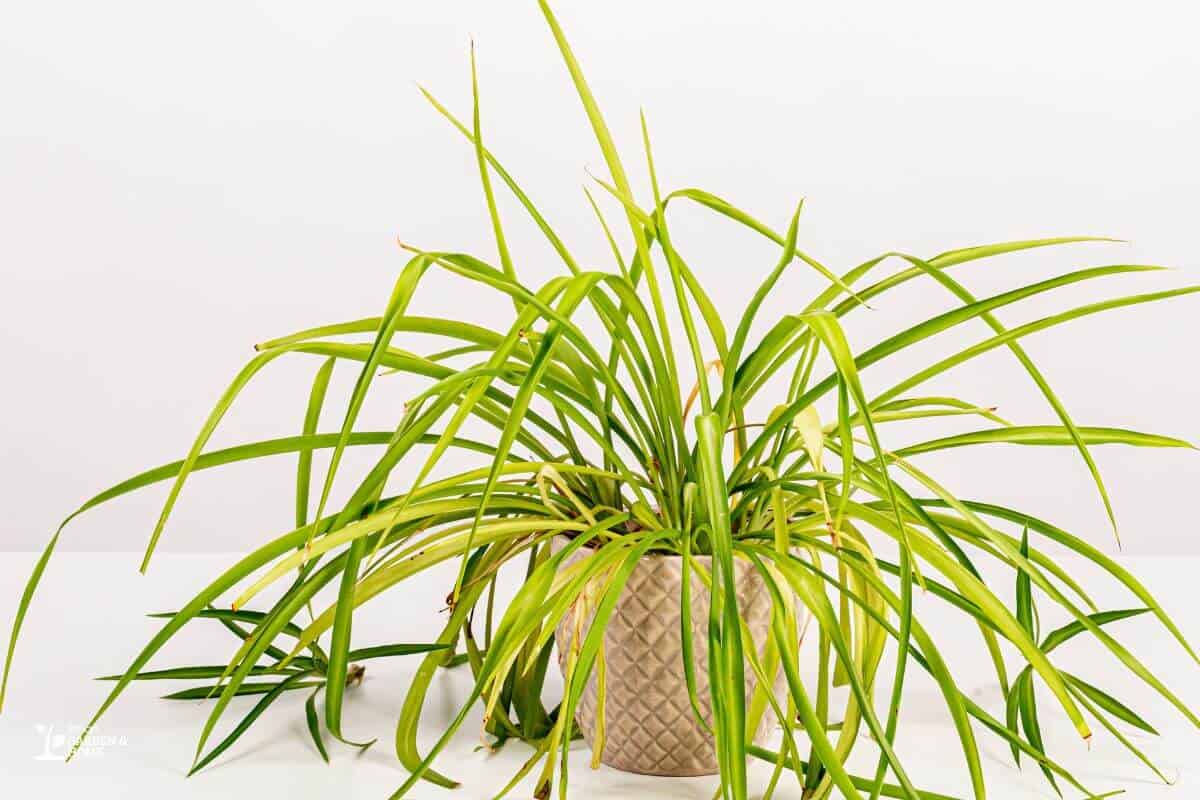
If your Spider plant is still standing firmly but is leaning on one side, it’s probably because it’s growing toward the light. In this case, the entire plant isn’t getting adequate light.
To fix this problem, you will need to move the plant to a brighter location for it to start growing more evenly, remembering that Spider Plants don’t like direct sunlight or lack of light.
Filtered or bright, indirect light will be ideal for them. Sometimes, it is also enough to rotate your plant periodically so that healthy growth will be more or less even on all sides.
Turning it by a quarter once a week to avoid excess sunlight on one side is the best solution.
2. Top-heavy Spider Plants
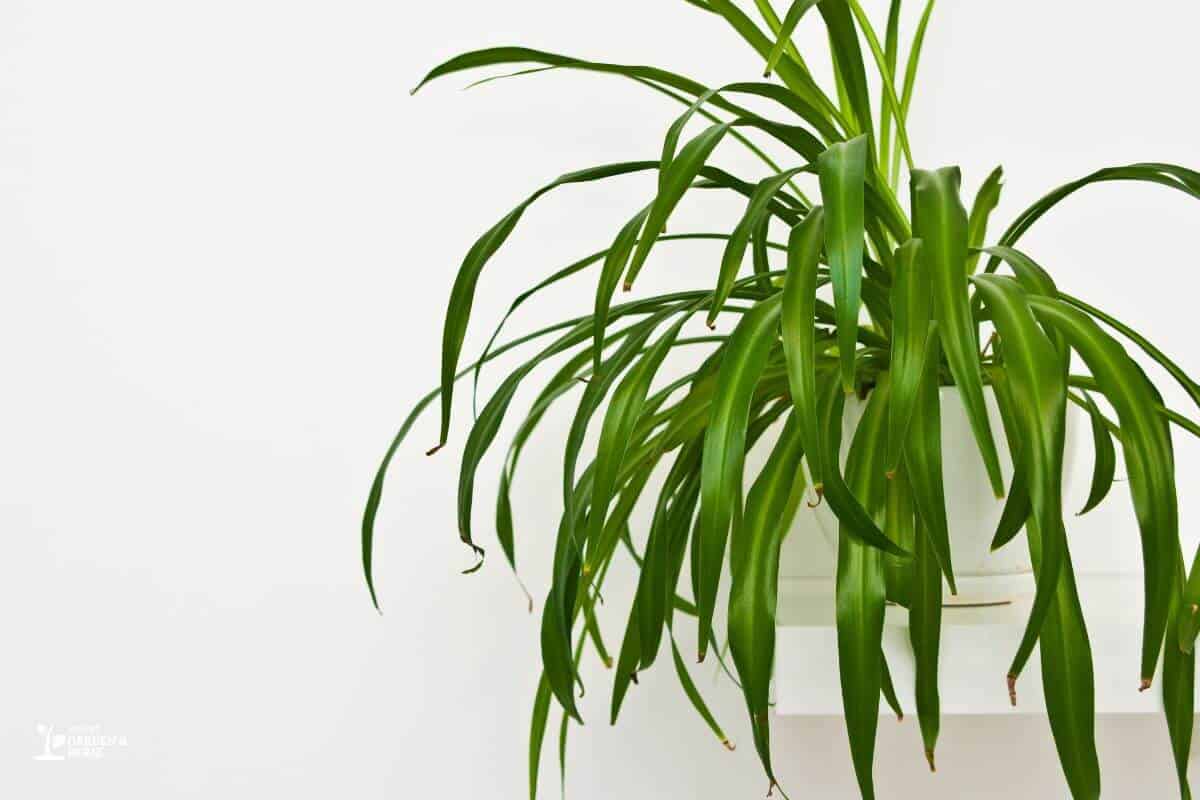
When Spider Plants look leggy and flopped to one side, it means they are no longer able to support their own weight. This could be due to too much sunlight or very hot temperatures.
You can tell for sure if this is the problem by observing the leaves and the soil. Brown leaf tips, yellow, wilted leaves, and dry compost are the signs to look for.
Spider Plants are quite hardy plants, but it’s still best to move your Spider Plant to a shadier, cooler spot as soon as possible.
Once it’s been watered, it should quickly recover. To avoid this problem in the future, remember to keep your plant in indirect sunlight and to have a consistent watering schedule or a strict watering routine.
3. Underwatering
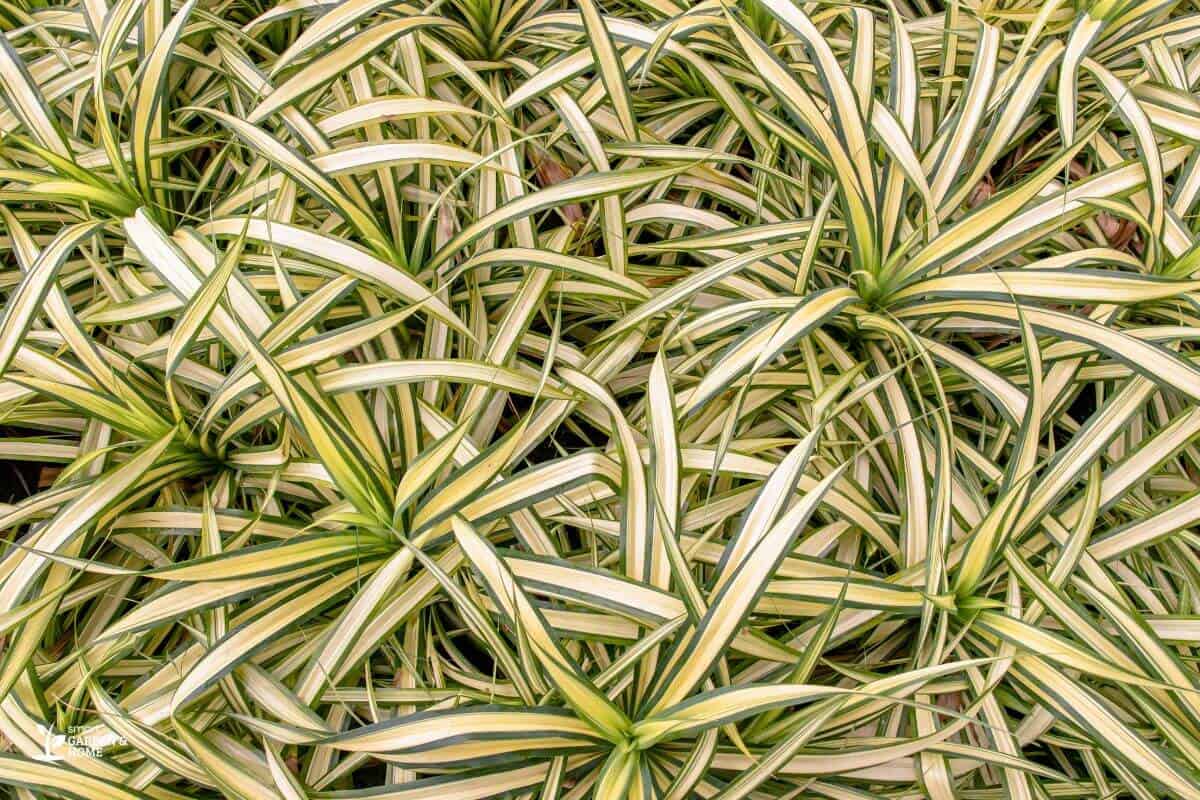
Droopy Spider Plants are sometimes due to them being underwatered plants or because of lack of water.
If this is the case, it won’t be the whole plant that is falling over, but just the leaves that are wilting. To make sure that’s the problem, check with your finger if the soil is dry even deep down.
If the situation is really bad, you might want to soak your Spider Plant by submerging the whole pot for about 10 minutes.
Only do this if your pot has large drainage holes at the bottom that will allow the water to drip away. Otherwise, if you have poor drainage, consider repotting the Spider Plant or simply water it abundantly.
4. Overwatering
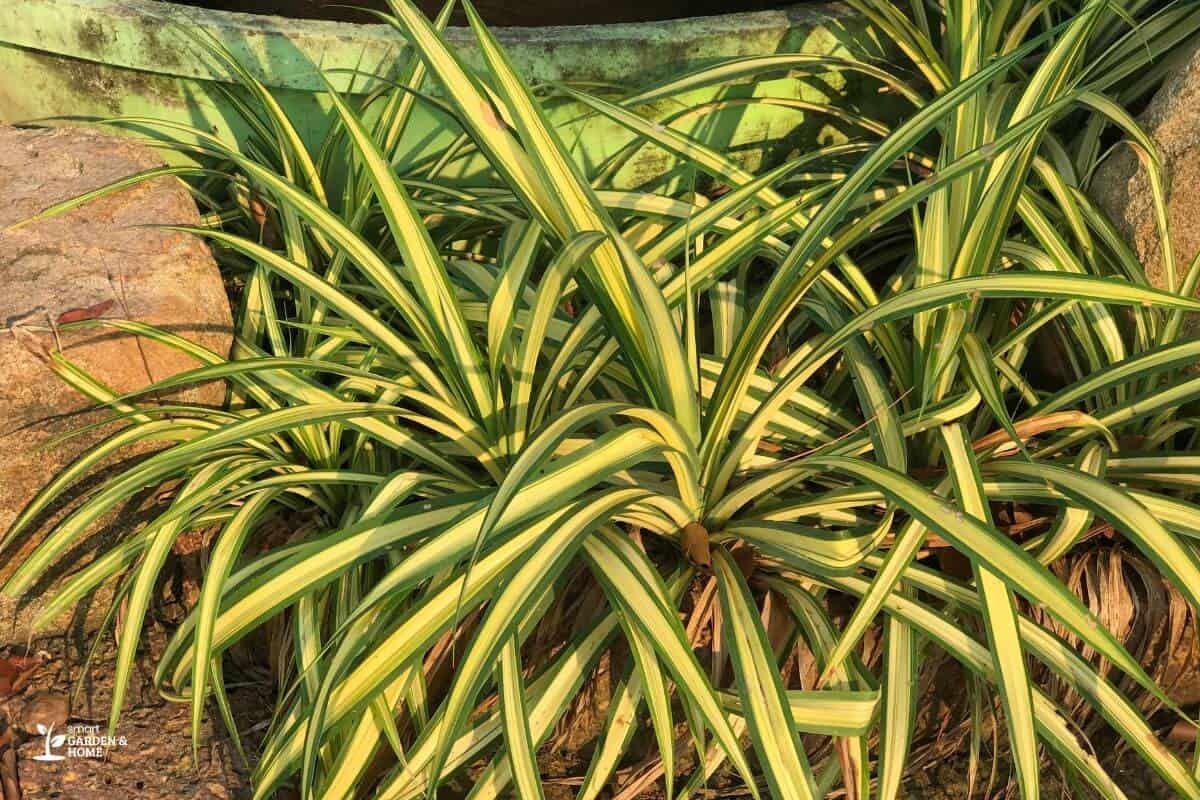
Spider Plants suffer from excess water much more commonly than from underwatering.
If you have kept the soil in a constant wet state for an extensive period of time, it’s likely that your plant in water has developed root rot.
In this condition, the roots are compromised and can no longer sustain the plant or absorb the nutrient refreshments it needs.
It’s sometimes still possible to save your spider plant by repotting it in well-draining, fresh soil in a pot with drainage holes.
All the damaged roots should be removed with clean and sterilized tools to give the remaining healthy parts of the plant a better chance of survival.
In the future, allow the top two inches of soil to feel dry between waterings.
5. Loose Soil Around Plant Roots
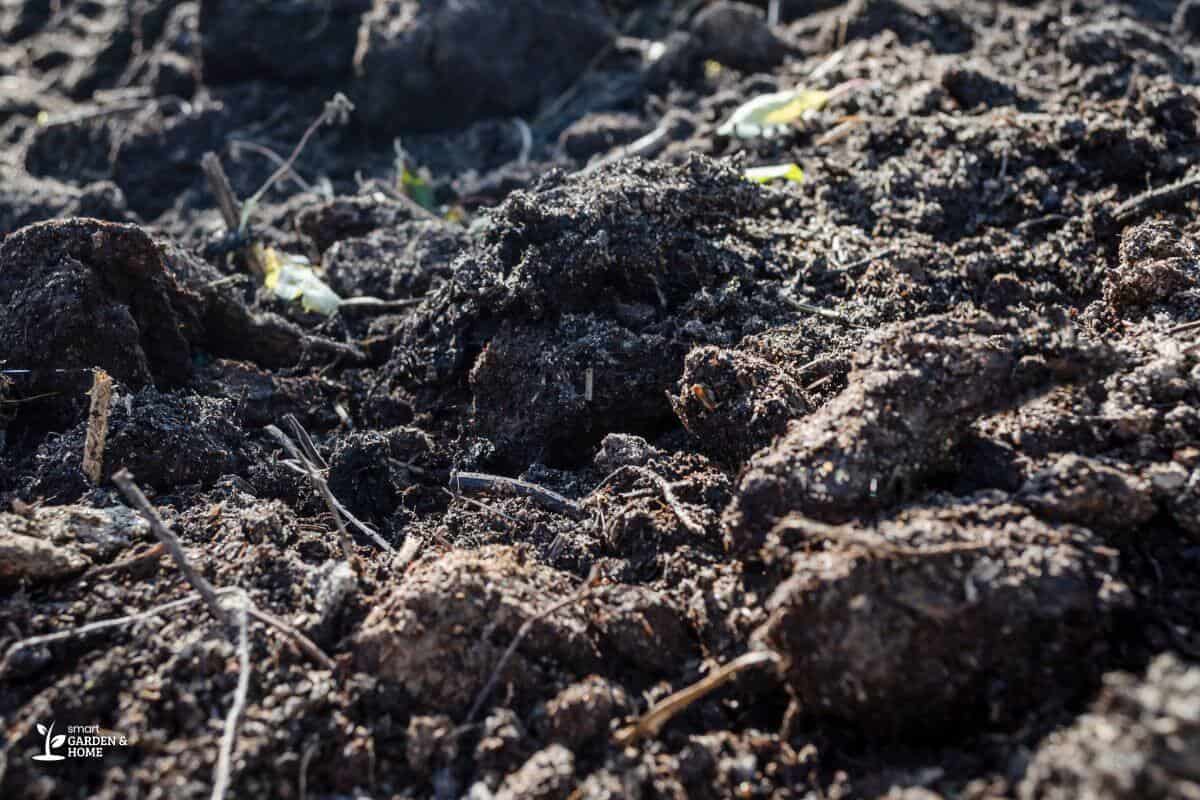
If you notice your plant has drooping leaves after a repot, it probably means that the potting soil mixes you used wasn’t suitable or that you haven’t patted down the soil when you repotted the plant.
If the soil is too loose around the healthy roots, it won’t provide enough support for the plant.
Most times, it won’t be necessary to repot your plant, so you can simply straighten it manually and firm down the soil around it, adding a little bit more if necessary.
If your Spider Plant has too much droopy leaves or you used a low-quality potting mix, it might be a good idea to repot it a couple of times with good-quality potting soil, though.
You can also help the plant to stand upright by placing a stake in the center, even if this is not usually necessary for Spider Plants.
Final Thoughts on Spider Plants Falling Over
If your Spider Plant is falling over or having stunted growth, don’t panic! This is a common problem that can easily be fixed with special care and attention.
By ensuring proper watering, lighting, and soil conditions, you can keep your Spider Plant healthy and stand tall once again.
Remember to also prune any damaged, old, dead, or dried-out leaves, and consider using a support system to keep your plant upright.
With a little patience and effort, your Spider Plant will have optimal growth and will soon be back to having its beautiful and healthy leaves, bringing life and vitality to your home as indoor plants.
So keep these tips in mind and give your Spider Plant the care it deserves!
For more detailed information about Spider Plants, check out these interesting reads:
- Spider Plant Damage
- Spider Plant Brown Tips of Leaves
- Spider Plant Roots Exposed
- Why Are My Spider Plant Leaves Bending
- Spider Plant Leaves Turning Yellow
Sources:

